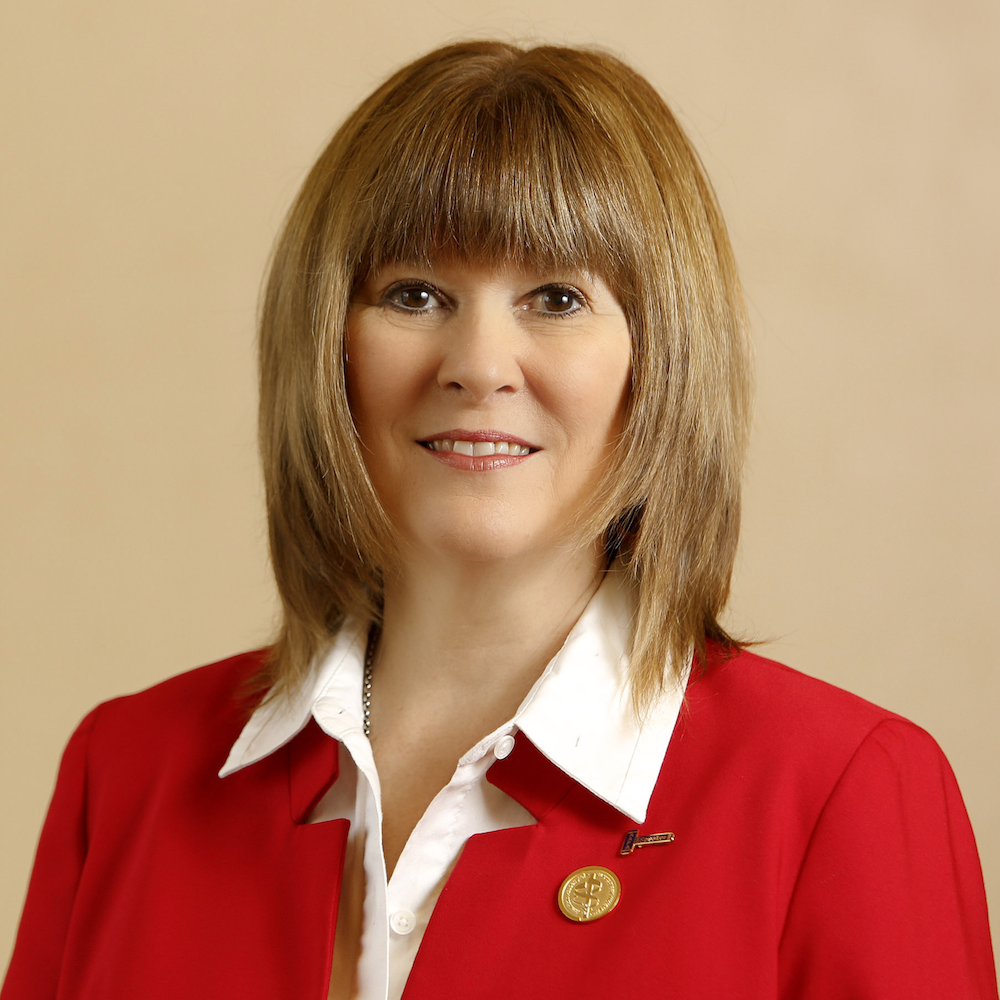Opinion: As Healthcare Evolves, So Must PA Practice Laws
L. Gail Curtis, PA-C, MPAS, DFAAPA, details the use of Optimal Team Practice by the AAPA, and the role of the physician assistant in medicine.

L. Gail Curtis, PA-C, MPAS, DFAAPA
PAs (physician assistants) are committed to team-based care. They respect their physician colleagues, value working alongside them, and recognize that collaboration leads to stronger healthcare teams and better patient care.
At the same time, the PA profession must adapt to the changing healthcare marketplace. More and more physicians are employees, not employers, and they are reluctant to shoulder all the responsibility that current PA practice laws place on them. Therefore, PAs also believe that modernizing PA practice laws will benefit everyone — physicians, PAs and the patients they serve.
That’s why last year the American Academy of PAs (AAPA) adopted a policy called Optimal Team Practice (OTP). The new policy calls for laws and regulations that:
- Emphasize PAs’ commitment to team practice.
- Authorize PAs to practice without an agreement with a specific physician—enabling practice-level decisions about collaboration.
- Assure that PAs have input into regulation of the profession by making sure PAs are on medical boards or that PAs are regulated by PA boards.
- Authorize PAs to be directly reimbursed by all public and private insurers.
These are necessary changes. Here’s what’s important to know about them.
PAs do not want independent practice. They rely on the physician-PA team in clinical practice and they have no plans to abandon it. PAs want to remove the requirement for a PA to have an agreement with a specific physician in order to practice. This would eliminate physician liability for the care that PAs provide. It also would reduce physician, hospital and PA risk of disciplinary action for administrative reasons that are unrelated to patient care. PAs would remain legally and ethically obligated to consult with and refer patients to physicians based on the patient’s condition, the standard of care and the PA’s education and experience.
Right now, the requirement to have an agreement with a specific physician puts PAs at a disadvantage in the marketplace. In 22 states and the District of Columbia, NPs have no similar requirement. You might be surprised to learn that some large healthcare companies are not just preferentially hiring NPs, but have now mandated that PAs no longer be hired due to the real or perceived supervisory burden. They tell us “it’s just easier to hire NPs.” It’s not surprising, then, that in a 2017 survey 45% of PAs said they had personally experienced NPs being hired over PAs due to the administrative burden imposed on employers and physicians. PAs want a level playing field with NPs. Removing the requirement that PAs have an agreement with a specific physician will accomplish that without compromising the PA-physician relationship.
PAs are not looking to change the already well-established PA role. Instead, the PA profession wants to strengthen healthcare teams by putting decisions about practice where they belong — at the practice level. State laws should not dictate to physicians how many PAs they can collaborate with or which medical charts must be co-signed. Those decisions should be made where the care is being provided. By reducing administrative burdens and enabling practice-level decision making, healthcare teams will grow stronger.
When it comes to the regulation of the profession, PAs want to have meaningful input. PAs want what physicians and nurses already have: regulatory boards that have current knowledge of their profession. Whether that requires a separate PA board—or just the addition of PAs and physicians who work with PAs as members of a medical or healing arts board—can be determined on a state-by-state basis.
Certain reimbursement rules are also creating unnecessary barriers for PAs. Unlike physicians and NPs, PAs are not eligible for direct reimbursement under Medicare. This means that PAs face administrative hurdles when working with some staffing companies or in certain corporate medical arrangements because they cannot reassign their insurance payments to employers. And it puts PAs at an unfair disadvantage in particular job markets relative to NPs.
Research has consistently shown that PAs provide high-quality patient care and that physicians value their contributions. OTP is about putting patients first by strengthening PA practice so that healthcare teams can effectively care for patients. At a time when the healthcare needs of patients are growing more complex, all providers should be able to practice at the top of their education and experience, including PAs.
L. Gail Curtis, PA-C, MPAS, DFAAPA, is president and chair of the AAPA Board of Directors. This piece was submitted to MD Magazine for publication and thus does not reflect the views of anyone other than the author.